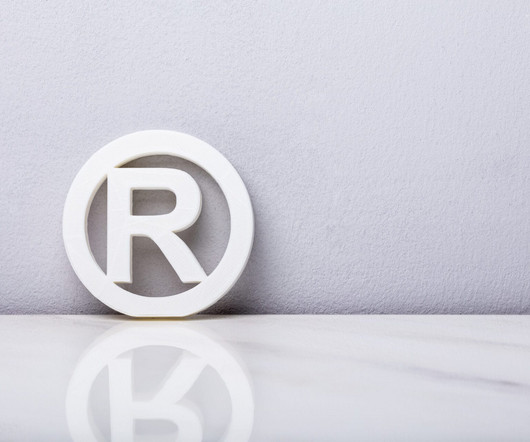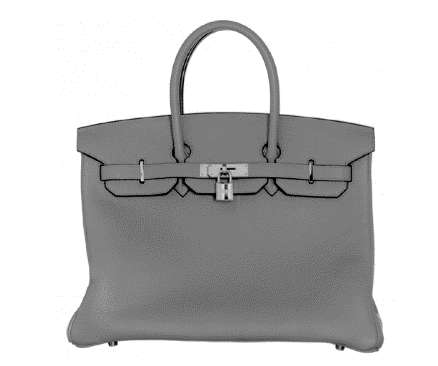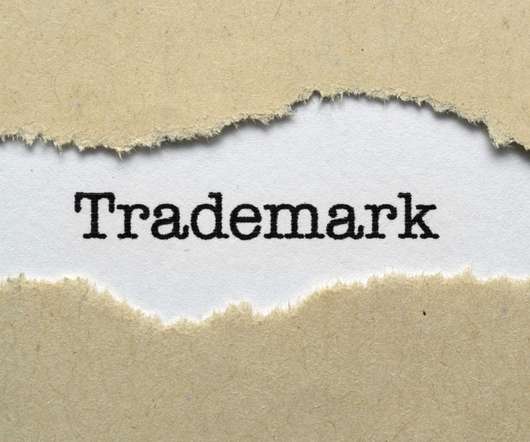Trademark Infringement 101: What You Need to Know to Protect Your Brand
Corsearch
FEBRUARY 22, 2024
Trademark protection is granted to any word, phrase, symbol, or design that conveys a specific brand identity, and it prevents other companies from using similar marks that could cause confusion among consumers and dilute the original brand’s value. Learn more about distinctive trademarks. Spoiler alert: It didn’t.












Let's personalize your content